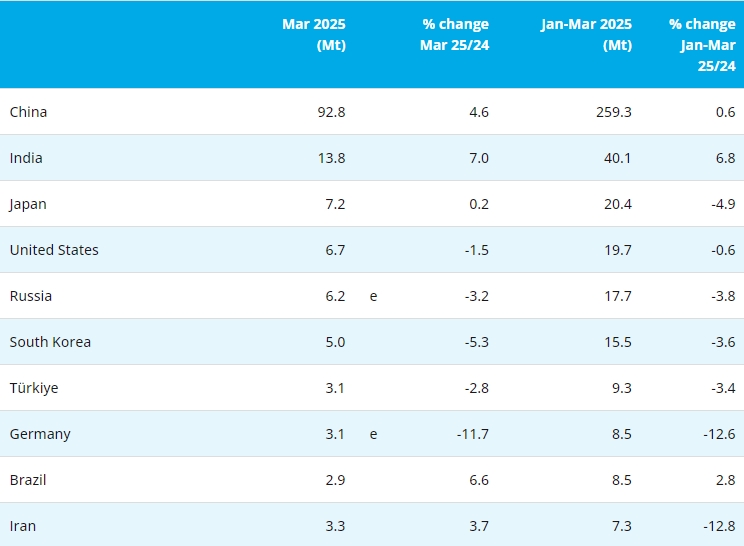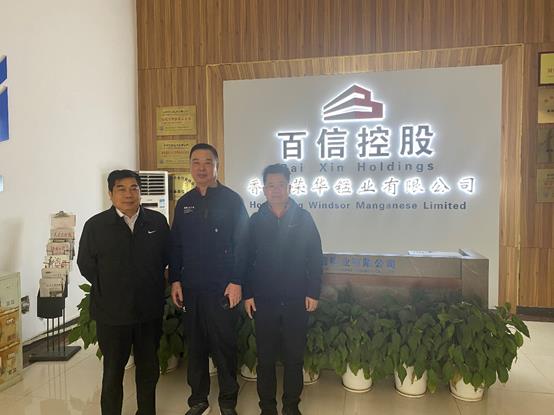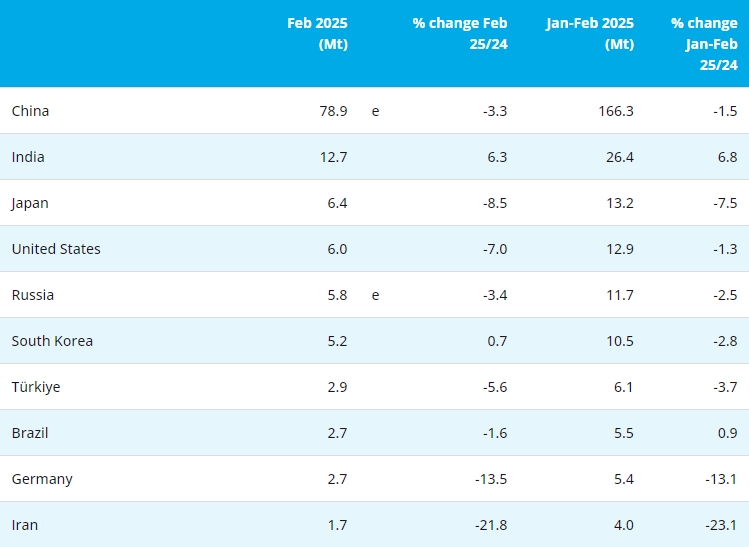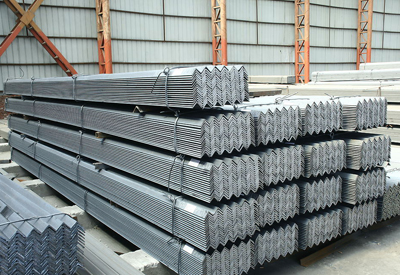Inca Minerals Limited (Inca or Company) is pleased to announce that Exploration Permit application EPM27072 is now granted (application included in December 2018 Quarter Activities Report).
Exploration activities can now commence at Toolebuc and will focus on a large expanse of the Toolebuc Formation, which is known to contain vanadium mineralisation in the region.
The Toolebuc Formation comprises one of the largest vanadium deposits in the world, well over four billion tonnes in size and at grade circa 0.30%-0.45% vanadium pentoxide (V2O5). At the same time as commencing field work, the Company intends seeking a partner for the longer-term progression of the Project, fully in line with the Company's exploration and project development value proposition strategy.
The Toolebuc Deposit (not owned by Inca)
The Toolebuc vanadium deposit is hosted in the Toolebuc Formation, an organic-rich sedimentary unit with a stratigraphic thickness of 65m, widespread in the northern and central parts of the Eromanga Basin in interior Queensland. The Toolebuc deposit has many parts with large sections of it owned by different companies, including Australian-listed Intermin Resources (IRC) and QEM (QEM) and unlisted Vecco Group (Vecco). Each of these companies have disclosed JORC-compliant vanadium reserves.
The Company does not infer that a vanadium deposit occurs at its Toolebuc Project by referring to i) the presence of Toolebuc Formation within the project area, or ii) referring to other companies' vanadium deposits in this announcement. No comparisons to the Intermin Resources, QEM and Vecco Group deposits are made.
The vanadium is associated with vandyl porphyrins and mixed layered clays (illites, smectites) and, when the Toolebuc Formation is fresh, with pyrite and goethite. Vanadium is very much linked to the organic, kerogenrich layers of the Toolebuc Formation.
Brief Description of Vanadium
Vanadium is grey, ductile transition metal with an element symbol V. Vanadium occurs in dozens of different minerals and different styles of mineralisation. Some of the ore-forming minerals include patronite, carnotite, vanadinite. It can also be produced from vanadium-bearing magnetite and be extracted from iron slag in recycling processes.
Depending on the source of information, 80% to 92% of vanadium production is used in the making specialty steels. Steel containing vanadium is stronger, tougher and more rust-resistant than steels without vanadium. For these reasons, vanadium alloys are used in the manufacture of spacecraft, aircraft, tools, car-/bike parts and, importantly, in reinforcing bar (rebar) as used in reinforced concrete. The addition of 0.2% vanadium increases the strength of steel by up to 100%.
In 2018 the vanadium price peaked at approximately US$28.00/lb (it is currently US$8.15/lb). The driver for the price rise then was supply constraints, infrastructure developments and, specifically, increased rebar (strength) standards imposed in China and Japan. The subsequent easing of the vanadium price was related to increased supply due to mine production start-ups and slag recycling retraction.
Vanadium has another property that is hitherto overlooked and not currently a price driver. Due to its unique redox characteristics (multiple oxidisation states) it can be used in next-gen batteries. Called Vanadium Redox Flow Batteries (VRFBs), VRFB's are scalable, meaning they can be made small or very large, including industrial scale, be used for off-grid power storage coupled with renewals, have a 20+ lifespan, are 100% rechargeable (theoretically unlimited times) and are non-flammable.
Significant growth in vanadium demand is predicted over the next 10 to 20 years with the two principal drivers being steel production and renewable energy storage. Other factors include reduced supply from dirty slag recycling. Vanadium's the dual industrial and next-gen renewable use underpins commensurate commodity price increase.
Vanadium Project Strategy
The Company's view is that vanadium is a commodity poised for strong and sustained growth. This is on the basis of increased demand due to steel (space/aviation, rebar, etc) and VRFB's trends, as discussed above. It is the Company's objective this to acquire well-credentialled vanadium exploration projects though application and MOU's. The Toolebuc Vanadium Project (now granted) in Queensland and the Paatal Vanadium-Phosphate Project (application) in East Timor form part of this exploration initiative. The company is also looking at vanadium opportunities in Peru. The vanadium strategy mimics the porphyry/IOCG strategy of the Company, cost effective acquisitions, low cost value-add exploration and partnerships. Toolebuc is located at the doorstep of a globally significant vanadium deposit with multiple owners attracting very large exploration and research and development funding.
Planned Exploration at Toolebuc
As well as a pro-active approach to forming a partnership at Toolebuc by focussing on vanadium companies in the area, the Company's 24-month exploration program will be designed to exploit the fact that the vanadium target, the Toolebuc Formation, occurs at surface and it spatial distribution is relatively well known. By this, Inca plans to its rapidly test the vanadium content of the Toolebuc Formation and to determine its potential tonnage and grade. The 24-month program is as follows: Desk top studies: Past exploration review/remote sensing; Ground reconnaissance focussing on the Toolebuc Formation occurring within the project area; Detailed mapping and sampling focussing on the tonnage and grade criteria of the Toolebuc Formation.
- [Editor:tianyawei]



 Save
Save Print
Print Daily News
Daily News Research
Research Magazine
Magazine Company Database
Company Database Customized Database
Customized Database Conferences
Conferences Advertisement
Advertisement Trade
Trade













 Online inquiry
Online inquiry Contact
Contact

Tell Us What You Think